 Abraham Lincoln
If given the truth, the people can be depended upon to meet any national crisis...
Abraham Lincoln
If given the truth, the people can be depended upon to meet any national crisis...
 Guildford news...
for Guildford people, brought to you by Guildford reporters - Guildford's own news service
Guildford news...
for Guildford people, brought to you by Guildford reporters - Guildford's own news service
Birdwatcher’s Diary No. 308
Published on: 16 Jul, 2024
Updated on: 16 Jul, 2024
By Malcolm Fincham
As June began to close its doors, a skyward glance from my back garden saw mackerel skies forming overhead, suggesting a change in the weather.
Unlike some of the unusual cloud formations seen in recent times, these cirrus clouds appear almost exclusively some way ahead of a warm front and was a reliable forecast that the weather was once again about to change.
In folklore and in the times of tall sailing ships it was said: “Mackerel scales and mares’ tails make tall ships carry low sails.” This referring to stormy weather being on its way. These days of course we can use weather apps to predict such events.
As we moved into July, and as expected, temperatures cooled a little as the Jet Stream slipped south of the British Isles driving low pressure systems across the UK.
Thus repeating the familiar theme of “wet weeks in fortnights” in my reports this year, and seeing over the average month’s precipitation in just the first nine days of July.
A few brief lulls in the rainfall did bring some dry and rare sunny spells, enough to get out and about with my camera in the hope of a few photos.
On July 2 I visited my local heathland, Whitmoor Common. Here I noticed a few green-eyed flower bees had begun to emerge. Although a little later than last year they are, strangely perhaps, rather a favourite of mine.
A juvenile robin also added to my day’s sightings.
While Dartford warblers, linnets and silver-studded blue butterflies, as seen in my previous report, continued to be seen.
A kestrel could be viewed hovering over the heathland.
As well as seeing several treecreepers present near the car park.
A visit to Clandon Wood Burial Ground on July 4 added a few small skipper butterflies to my year’s list.
With a few large skippers also present.
Also adding a ringlet butterfly with wings open.
And a robber fly.
As usual at this time of year, the meadows were resplendent with wild flowers. However, in a sporadic stiff breeze and mostly overcast skies, there appear to be fewer butterflies on display than I recall in previous years. Marbled whites being the most prominent.
To my delight I was able to add a small tortoiseshell butterfly, increasing this year’s sightings from just two last year to a handful so far this year. It is a species that appears to have greatly declined in Surrey.
With the juvenile kestrels having now fledged their nest box, three could be viewed perched up in a dead tree just beyond the grounds.
A common buzzard flew low across the fields.
And several red kites could be regularly seen overhead.
And a flock of 30 or more goldfinches flew about the reserve.
Another partially dry although overcast day on July 8 allowed the opportunity of a visit to RSPB Pagham Harbour, in West Sussex, in the company of Dougal. This in the hope of seeing and photographing a few species of birds not regularly seen within the Surrey countryside.
A surprise sighting on our arrival was not of the bird kind, but several gatekeeper butterflies that had just begun to emerge. No doubt some soon to be seen locally to home.
At the Sidlesham Ferry Pool a small pantheon of black-tailed godwits could viewed in their summer plumage of brick-orange heads, necks and chests.
Two spotted redshanks were also present, now showing signs of losing their summer plumage of pure black, save for some white spotting on the wings.
At least 17 cattle egrets were present, the adults still in their summer plumes of bright orange feathers on their crown and chests, with a few juveniles within the group.
Also adding to the day’s sighting was a little egret out on the pool.
As well as a common sandpiper.
At least three little ringed plovers.
A few lapwings.
A lone avocet.
And a family of shelducks.
While a common buzzard also passed through.
Probably the most rewarding views for me, although unfortunately not for the victim, was while looking across the water to see a water shrew, only the second I have ever observed!
It had been dropped into the pool by a passing cattle egret and could be seen swimming in small circles. Although picking out its dark-silky back and white underside through the telescope, it proved a challenge to photograph from such a distance.
Most probably already injured in its encounter with the egret, within no more than five minutes it was dispatched by a black-headed gull.
Meanwhile, in the nearby long-pool a greenshank could be viewed.
And a grey heron was also present.
Just a little further down the road at Church Norton I was also able to add to my day’s photos:
Mediterranean gulls.
Sandwich terns.
And oystercatchers.
On July 11 I had my annual visit of a lone gatekeeper butterfly on my garden forsythia hedge.
A visit to Britten’s Pond later the same day saw the usual gathering of both adult and rapidly growing young Canada and greylag geese.
I also saw my first of the second brood of holly blue butterflies that had begun to emerge.
A variety of both young and adult birds could be viewed feeding about the bramble area close to the car park.
These including chiffchaffs.
Dunnocks preening during a brief few moments of sunshine.
A wren, in song.
And great tits.
Settling within the bramble area was a comma butterfly.
And a red admiral butterfly. These both having been few and far between for me so far this year.
High up in the surrounding oaks about the car park, and to the keen eyed, a handful or more purple hairstreak butterflies continued to be viewed, dog-fighting high in the canopies, and occasionally settling low enough for the reach of my camera lens.
Recent Articles
- A Lighthouse in the Centre of Town Showing the Way to Community
- Letter: SCC Directs Weedkilling Policy
- Library Gets Lottery Grant To Raise Awareness of Green Issues
- Story of Wartime Canadian Army Entertainment Unit Based at Down Place, Guildford
- Flashback: Around the Very Top: Slow Progress to Our First Remote Stop
- Letter: Weeds Are Just Flowers in the Wrong Place
- Summary of GBC Planning Decisions – May 21, 2025
- Discounted Parking Scheme for Night-time Economy
- Guildford Museum Shares Jekyll’s Boots with British Library for New Exhibition
- Stoke Park Paddling Pool Stays Closed After Tests Show Contamination


Search in Site
Media Gallery
Dragon Interview: Local Artist Leaves Her Mark At One of England’s Most Historic Buildings
January 21, 2023 / No Comment / Read MoreDragon Interview: Lib Dem Planning Chair: ‘Current Policy Doesn’t Work for Local People’
January 19, 2023 / No Comment / Read MoreA3 Tunnel in Guildford ‘Necessary’ for New Homes, Says Guildford’s MP
January 10, 2023 / No Comment / Read More‘Madness’ for London Road Scheme to Go Ahead Against ‘Huge Opposition’, Says SCC Leader
January 6, 2023 / No Comment / Read MoreCouncillor’s Son Starts Campaign for More Consultation on North Street Plan
December 30, 2022 / No Comment / Read MoreCounty Council Climbs Down Over London Road Works – Further ‘Engagement’ Period Announced
December 14, 2022 / No Comment / Read MoreDragon Interview: GBC Reaction to the Government’s Expected Decision to Relax Housing Targets
December 7, 2022 / No Comment / Read MoreHow Can Our Town Centre Businesses Recover? Watch the Shop Front Debate
May 18, 2020 / No Comment / Read More



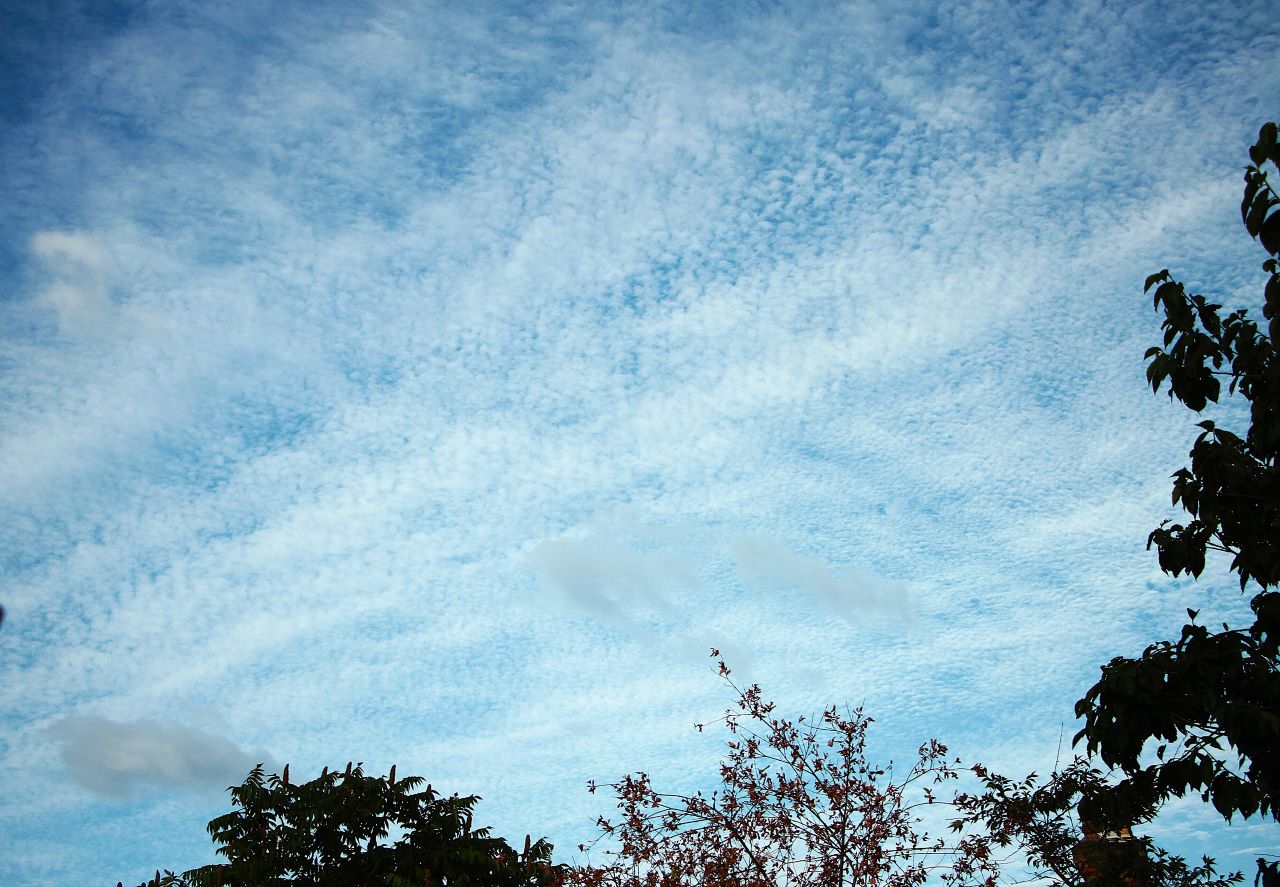
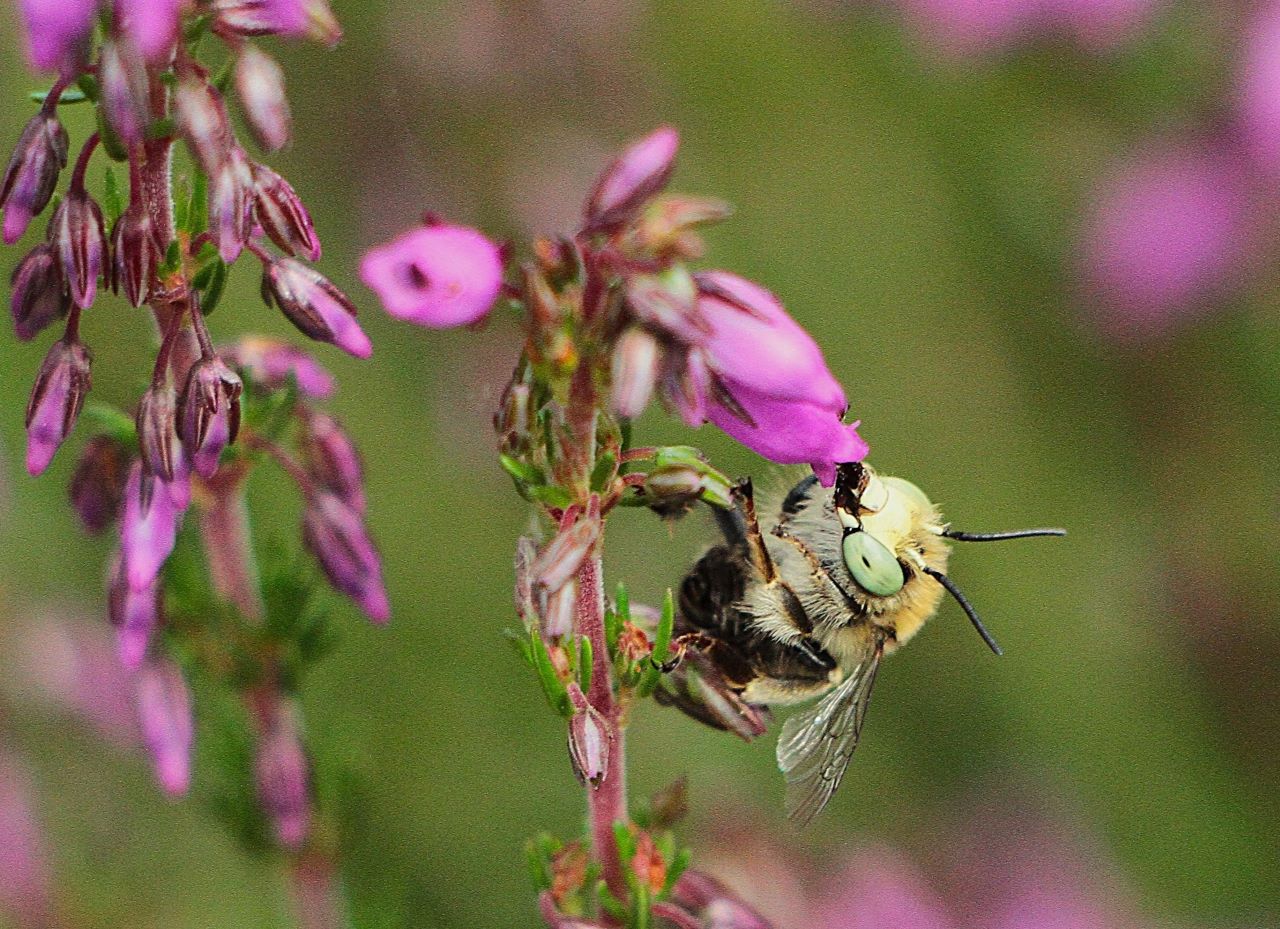

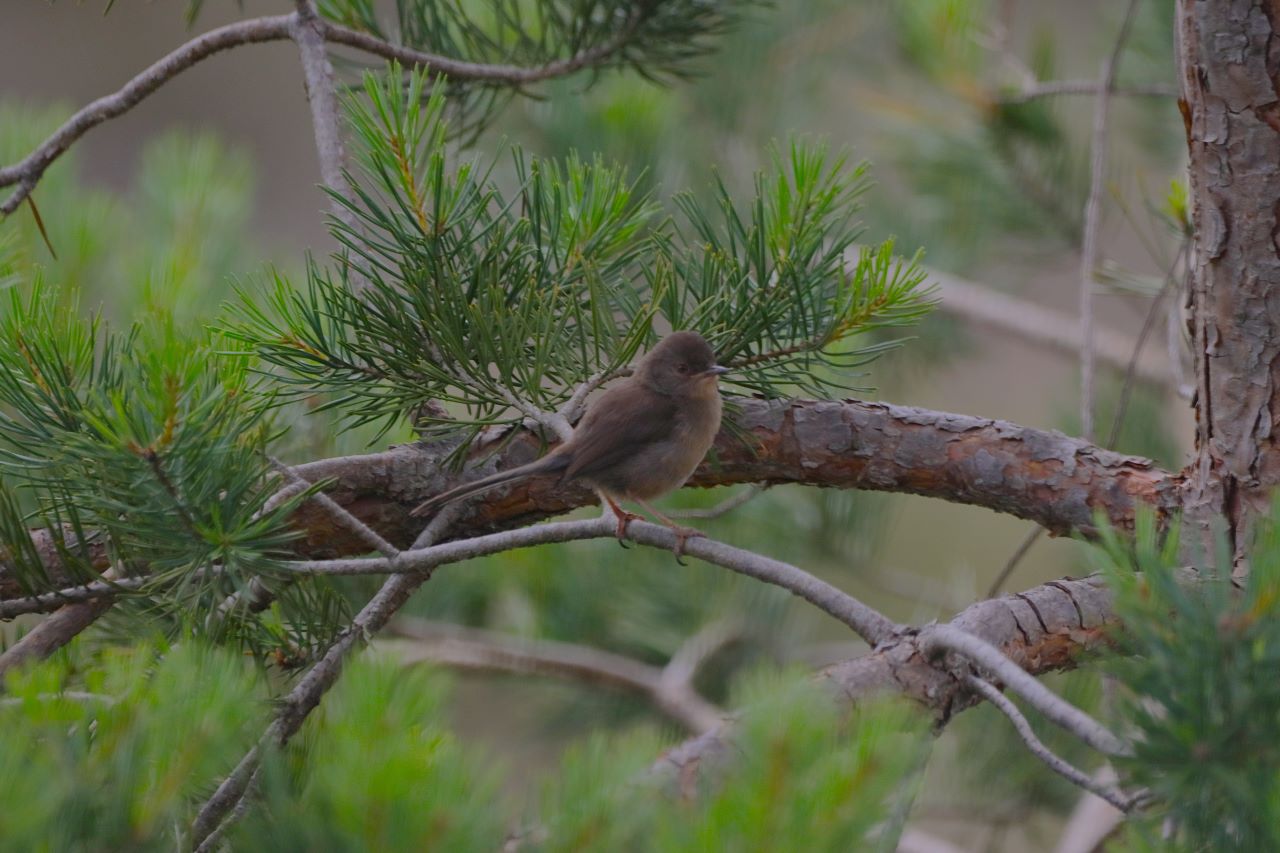


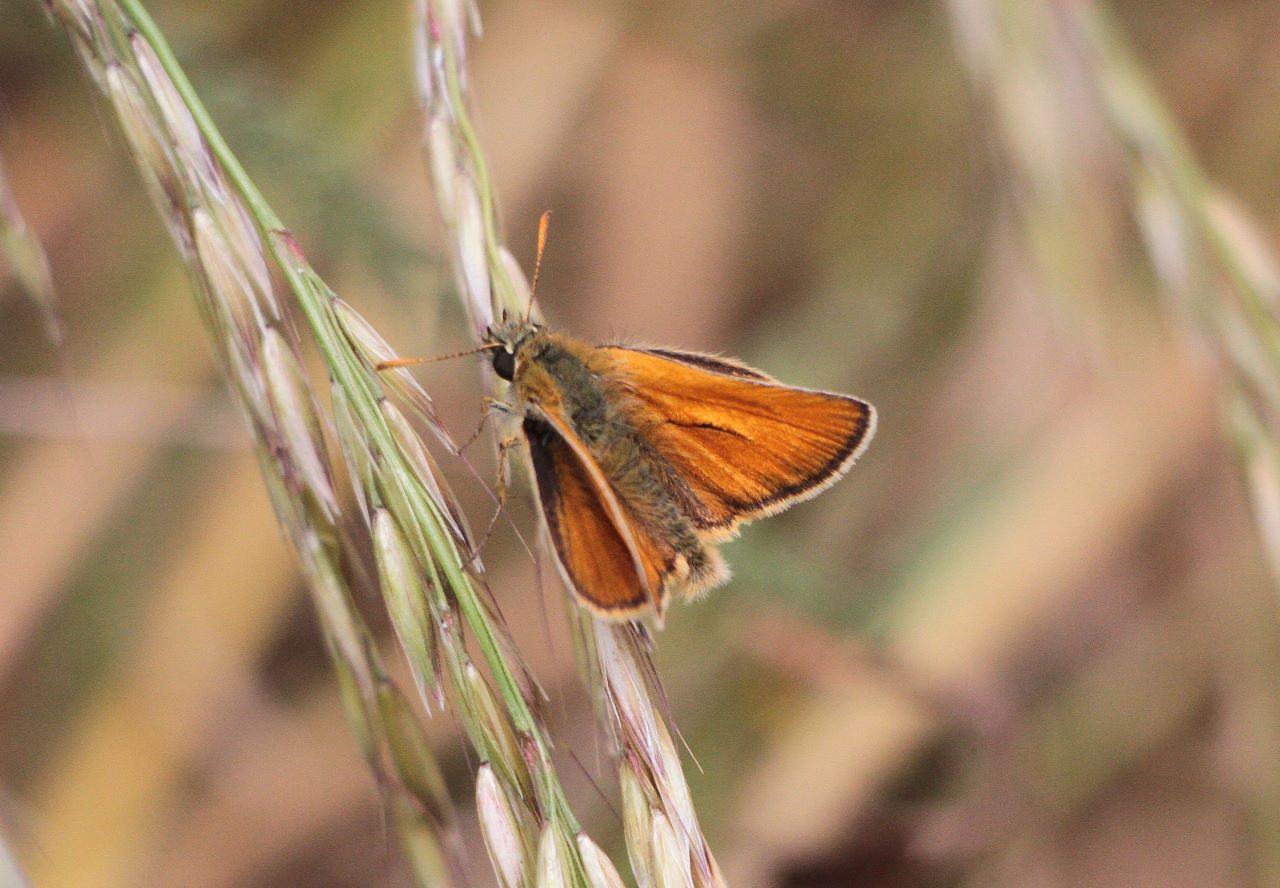
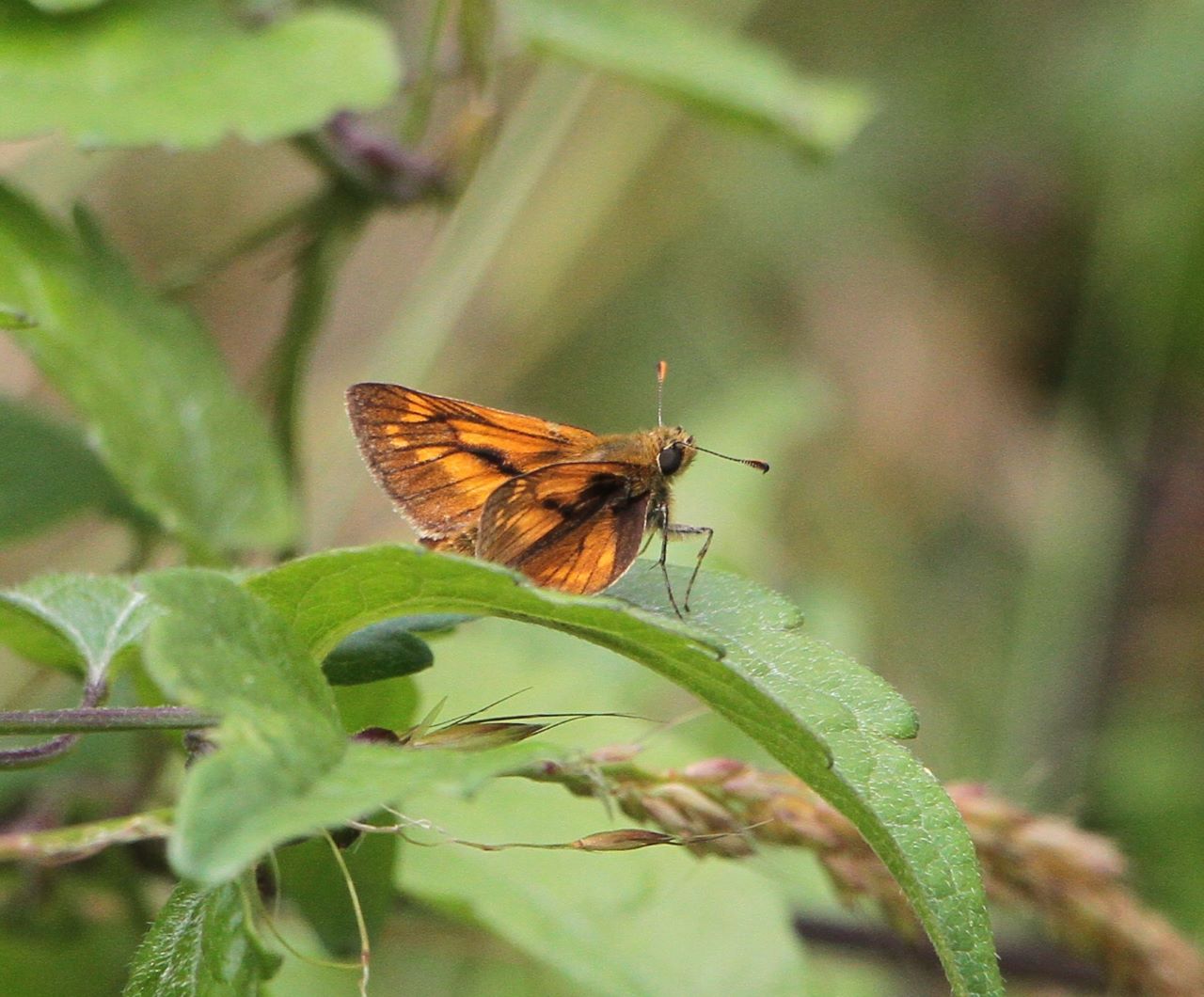
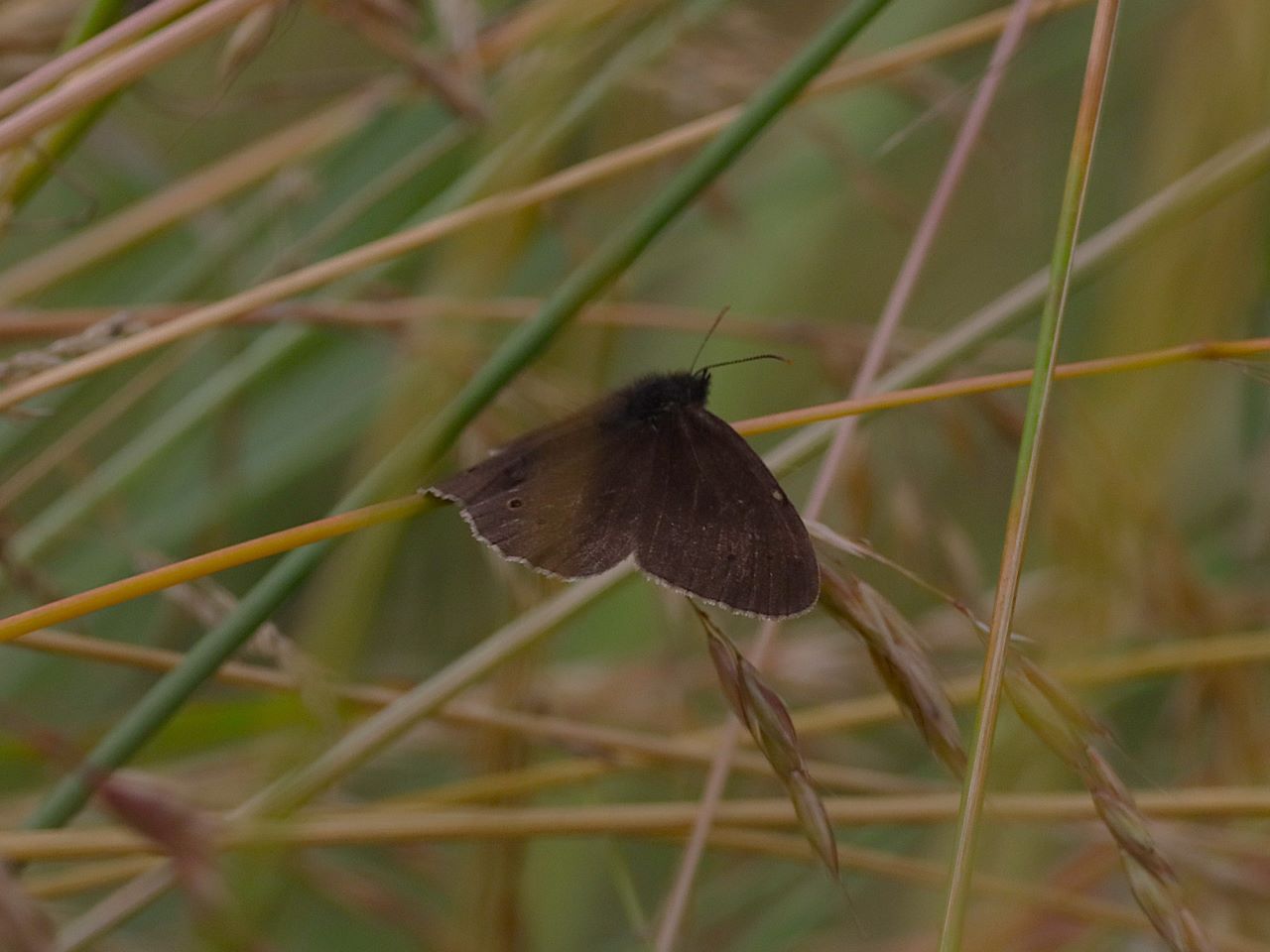

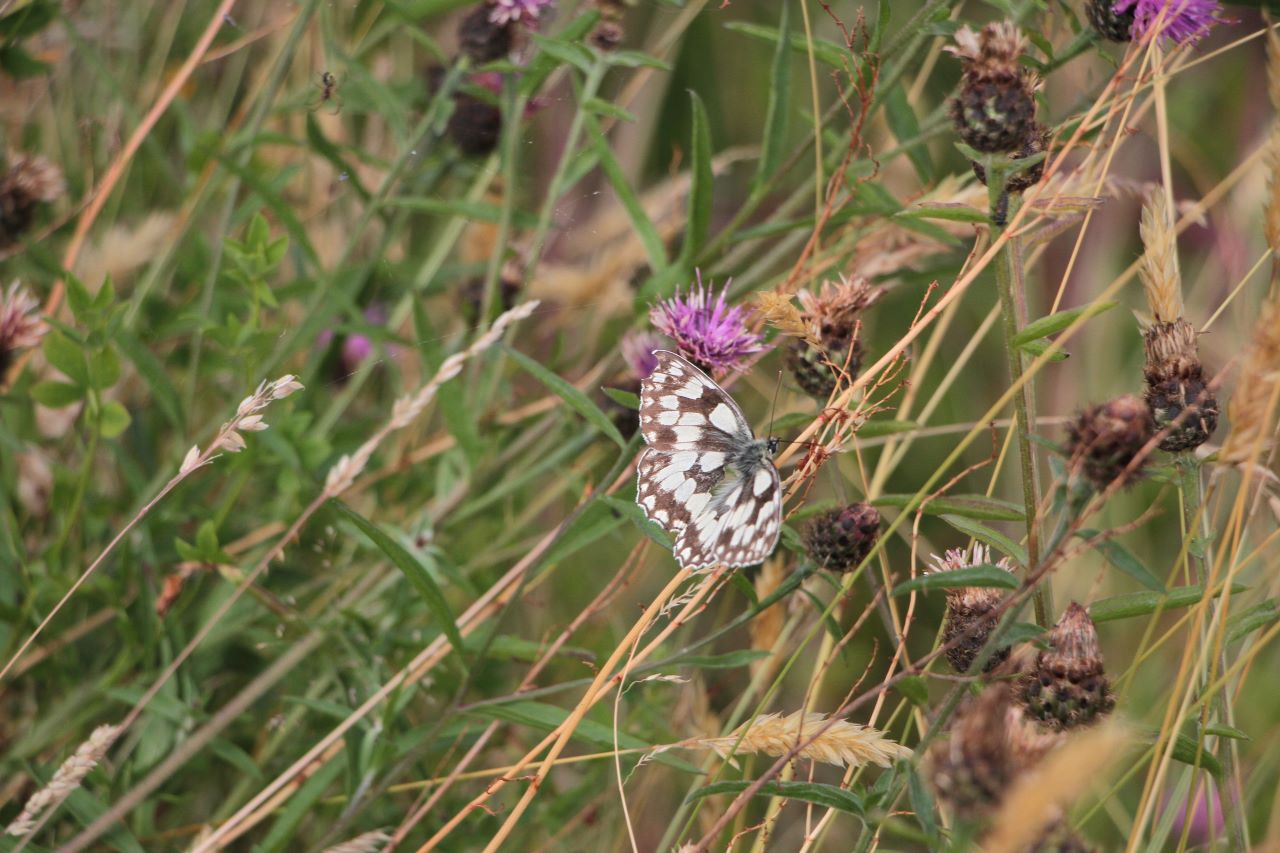
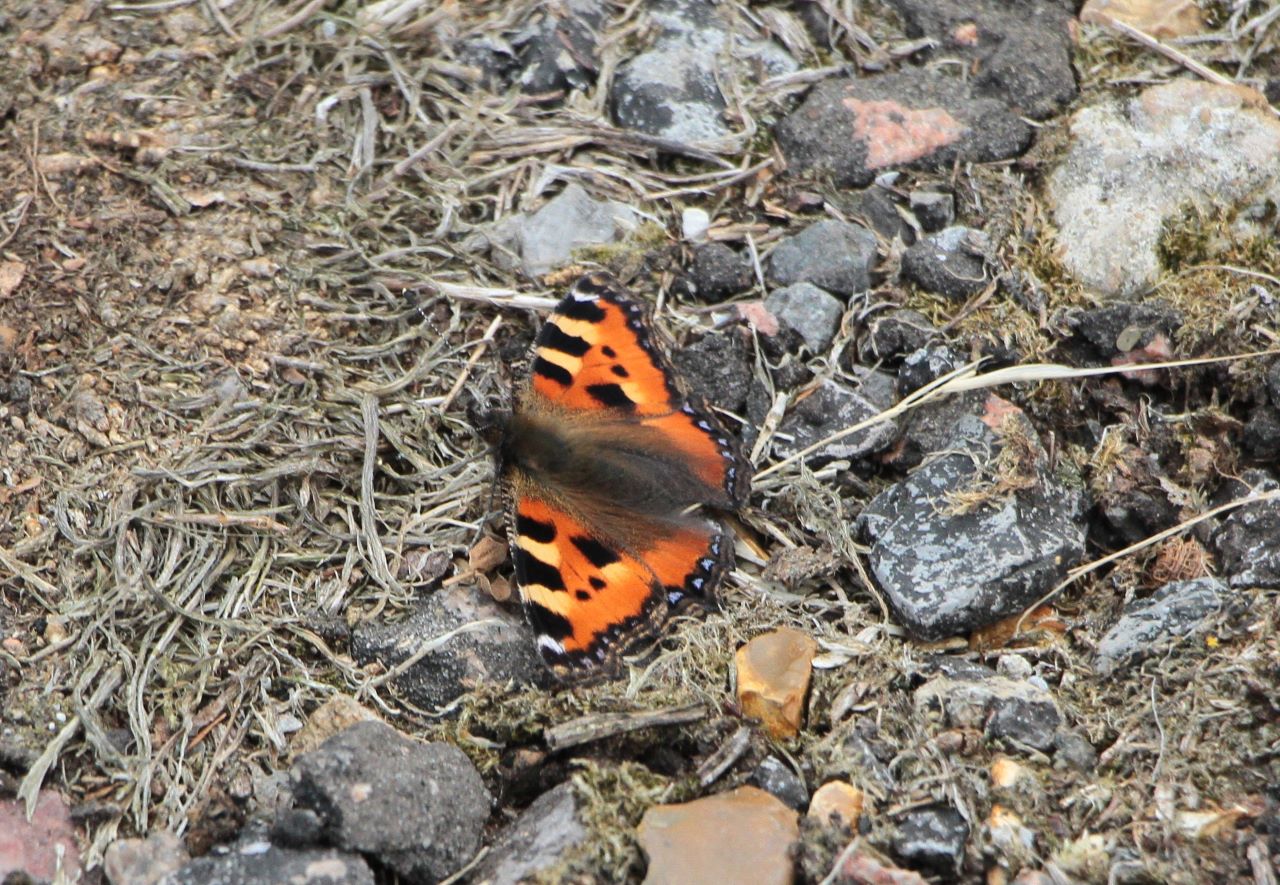
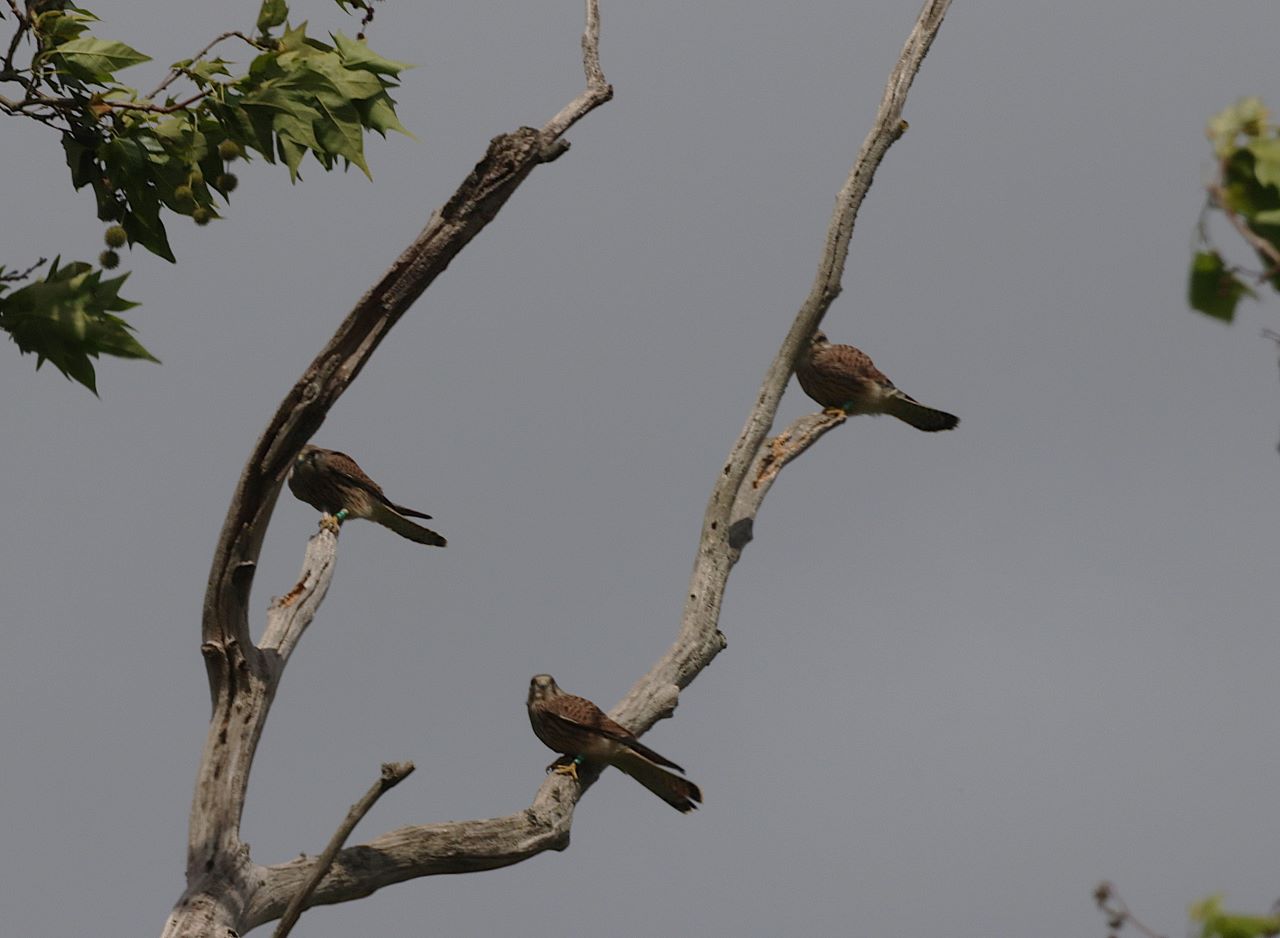
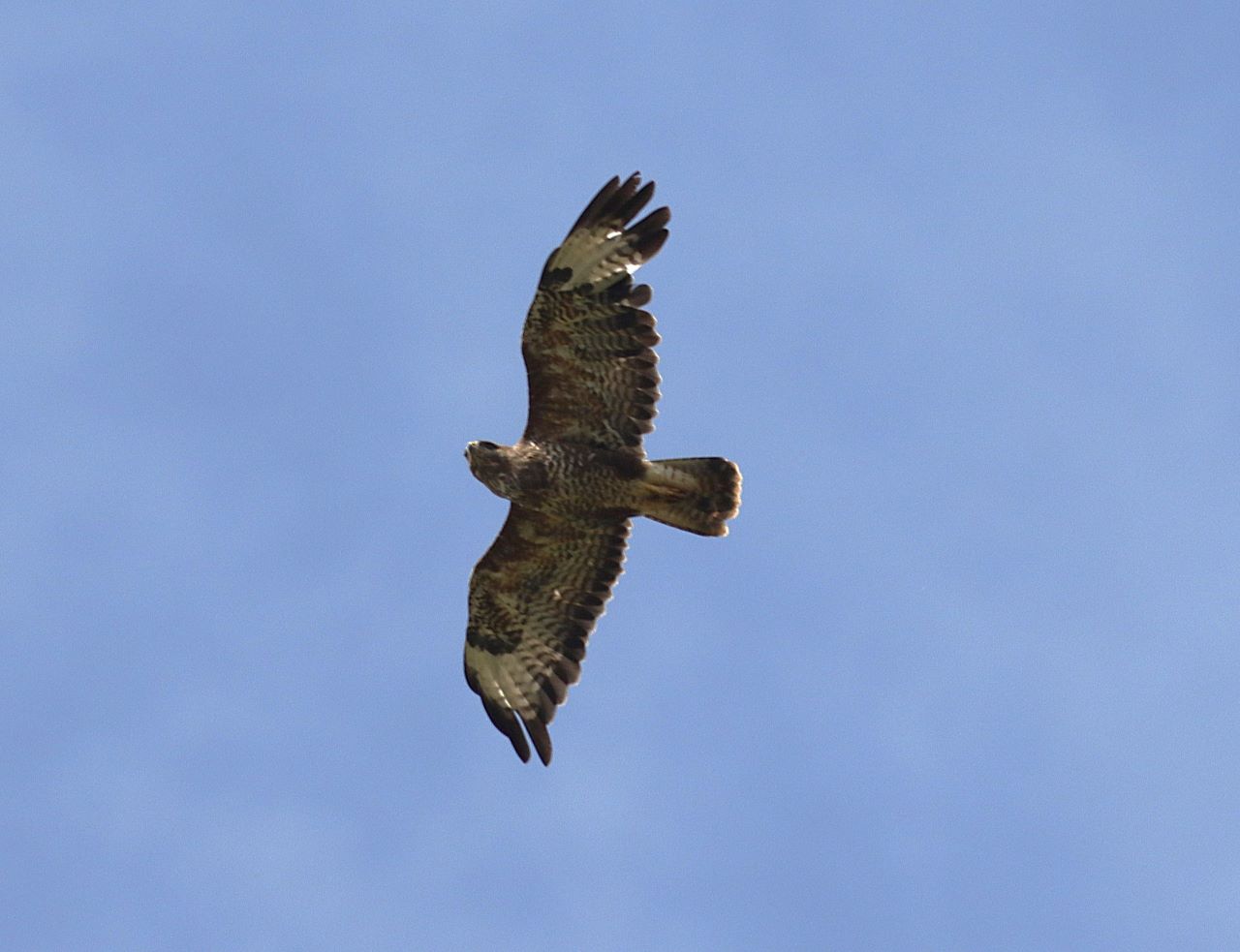
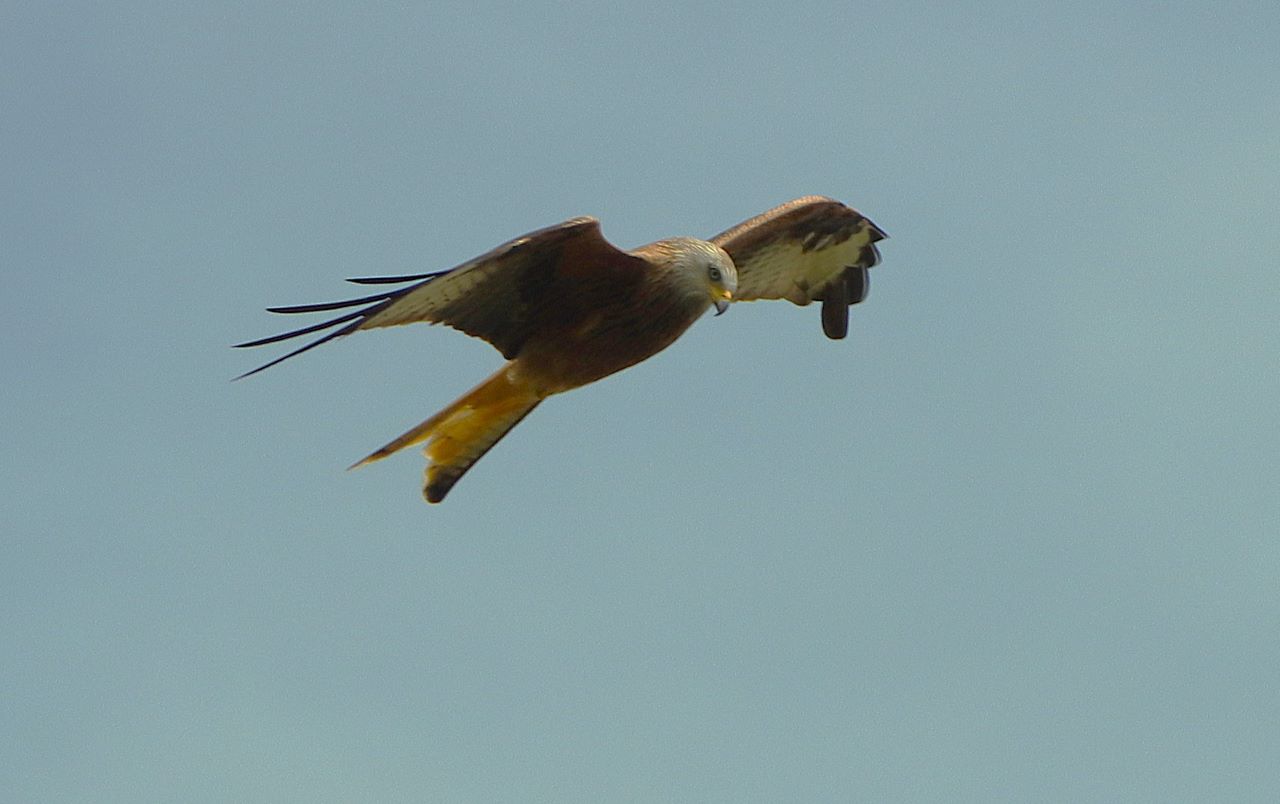
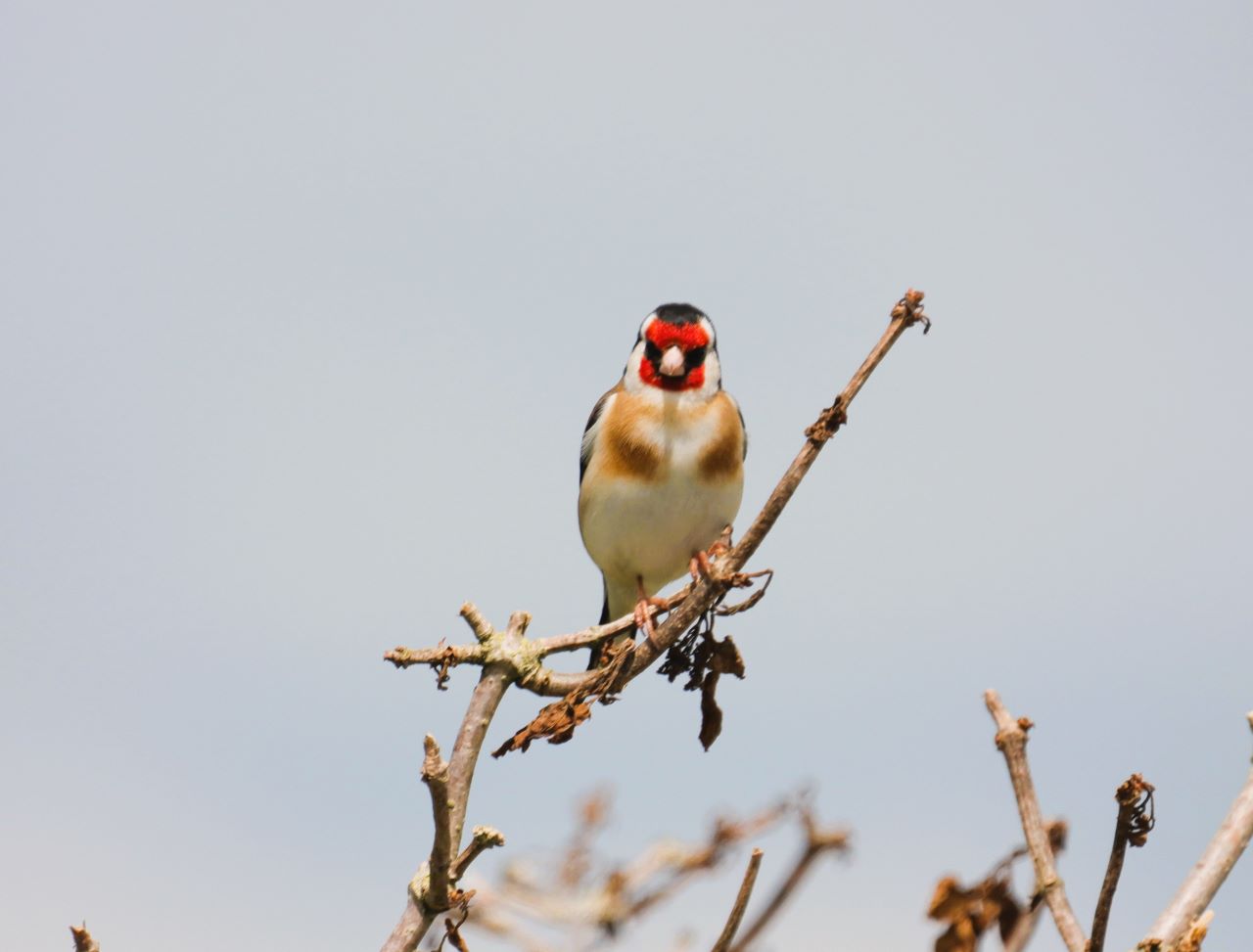
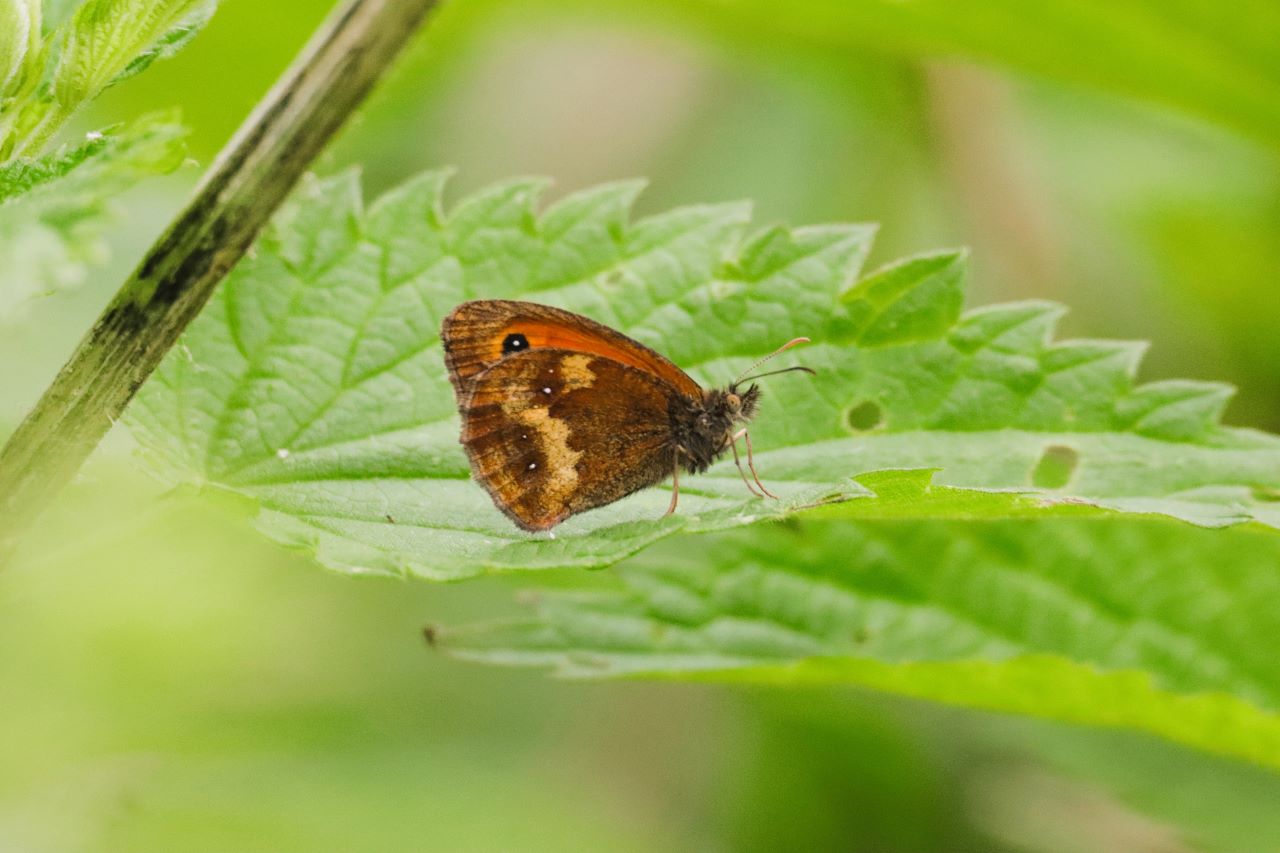

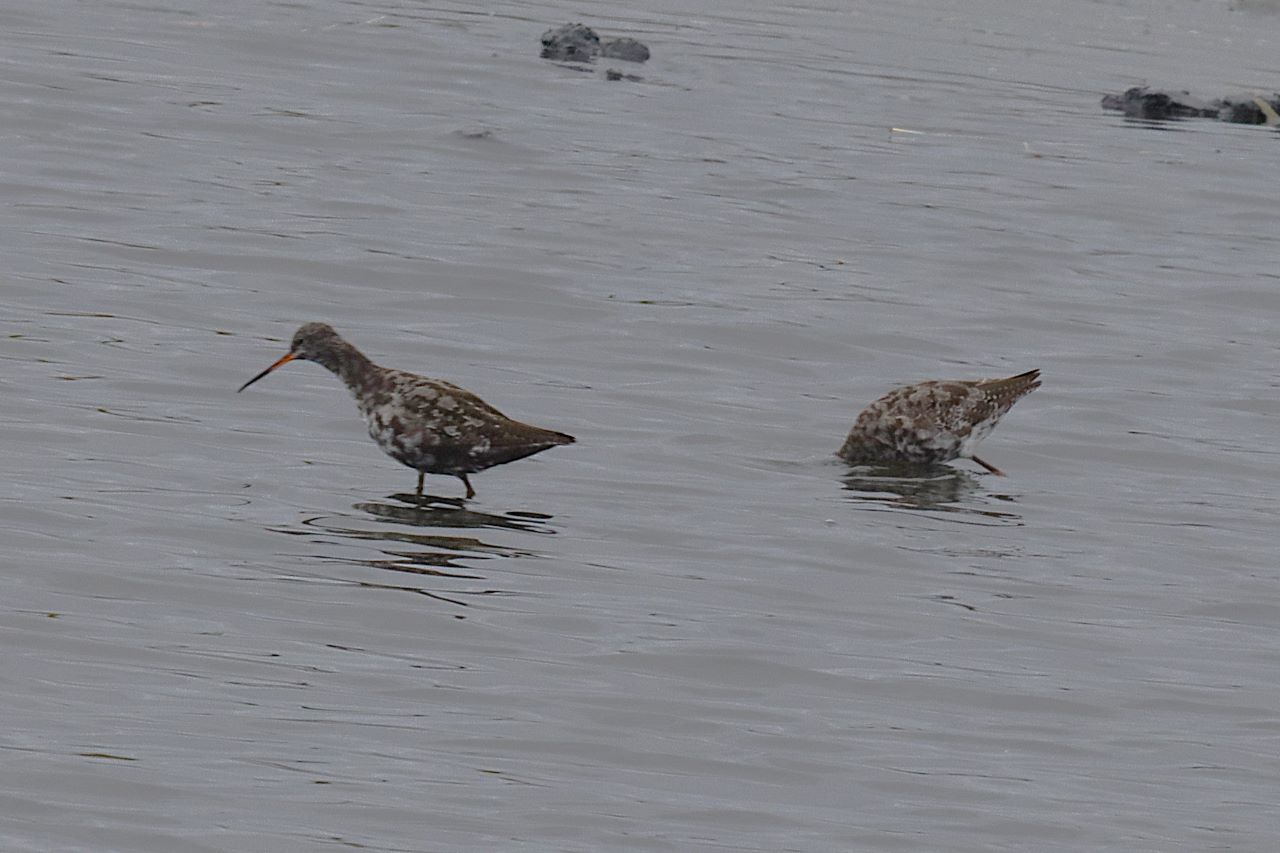
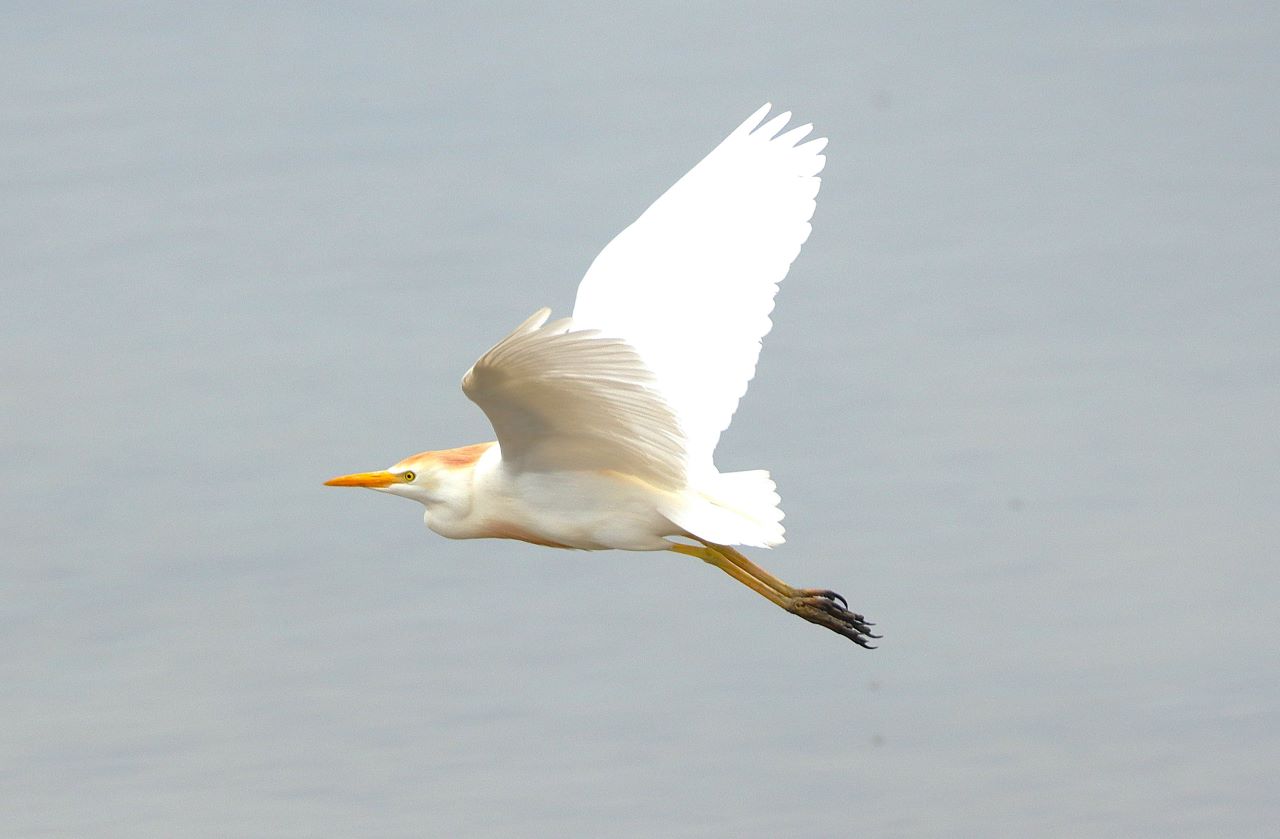
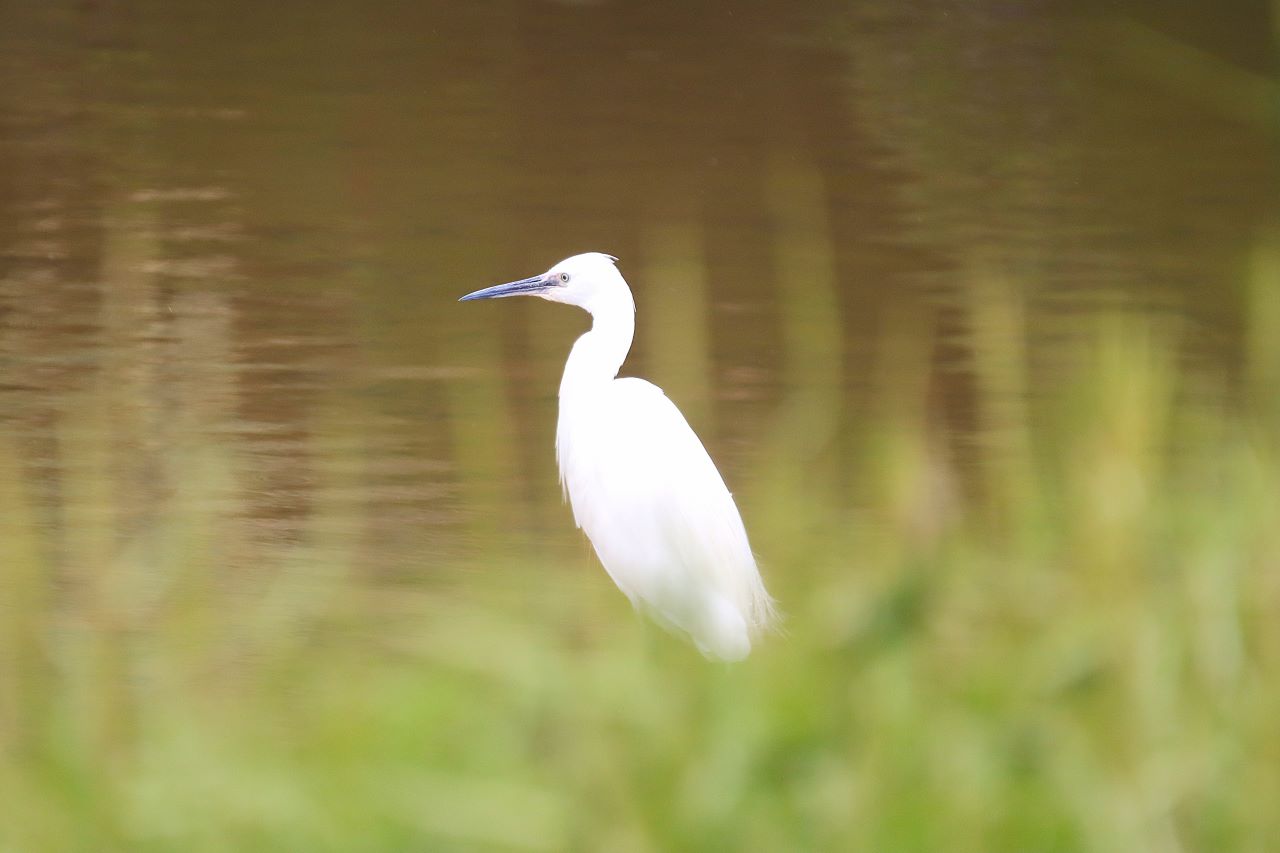
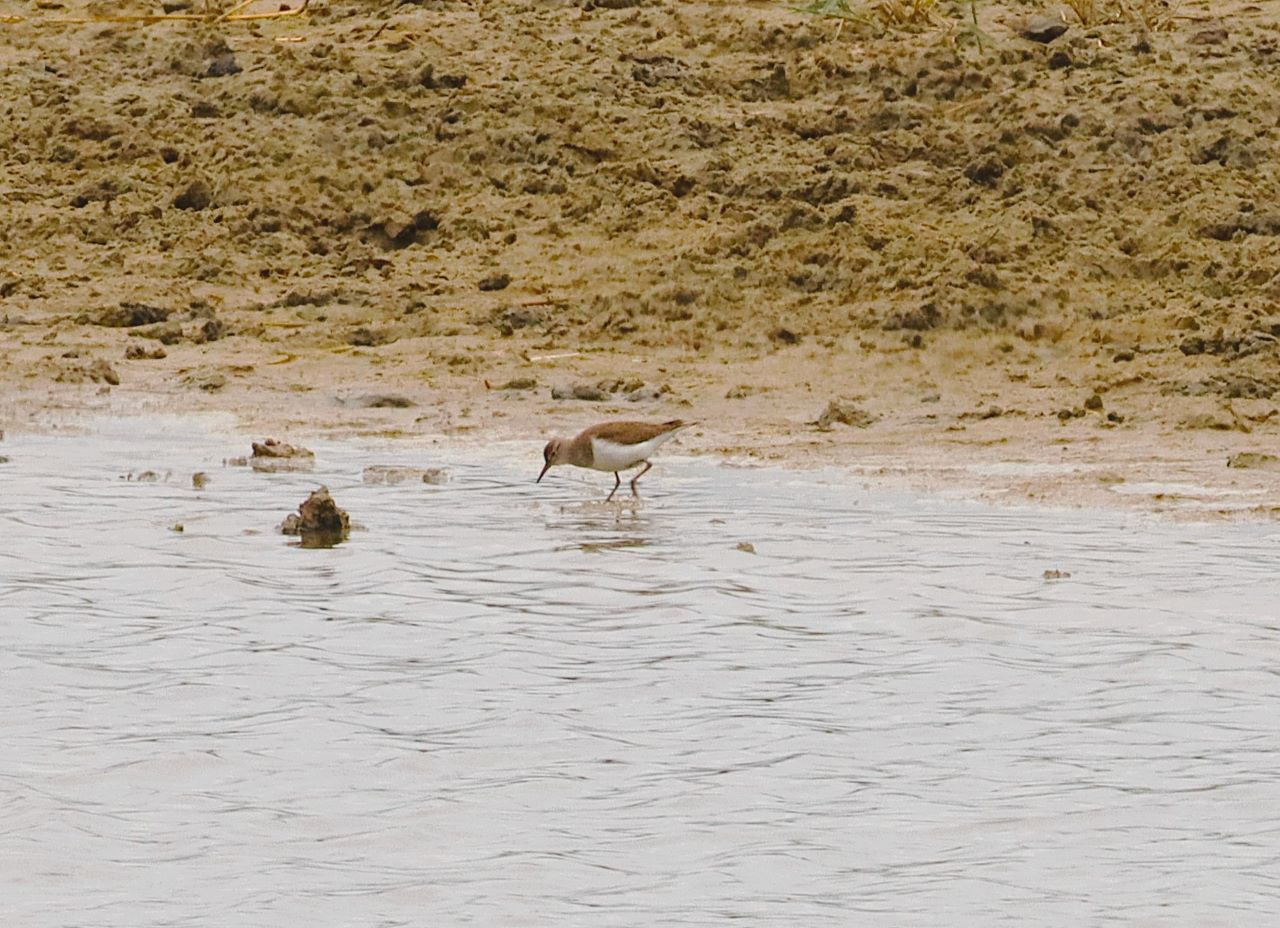
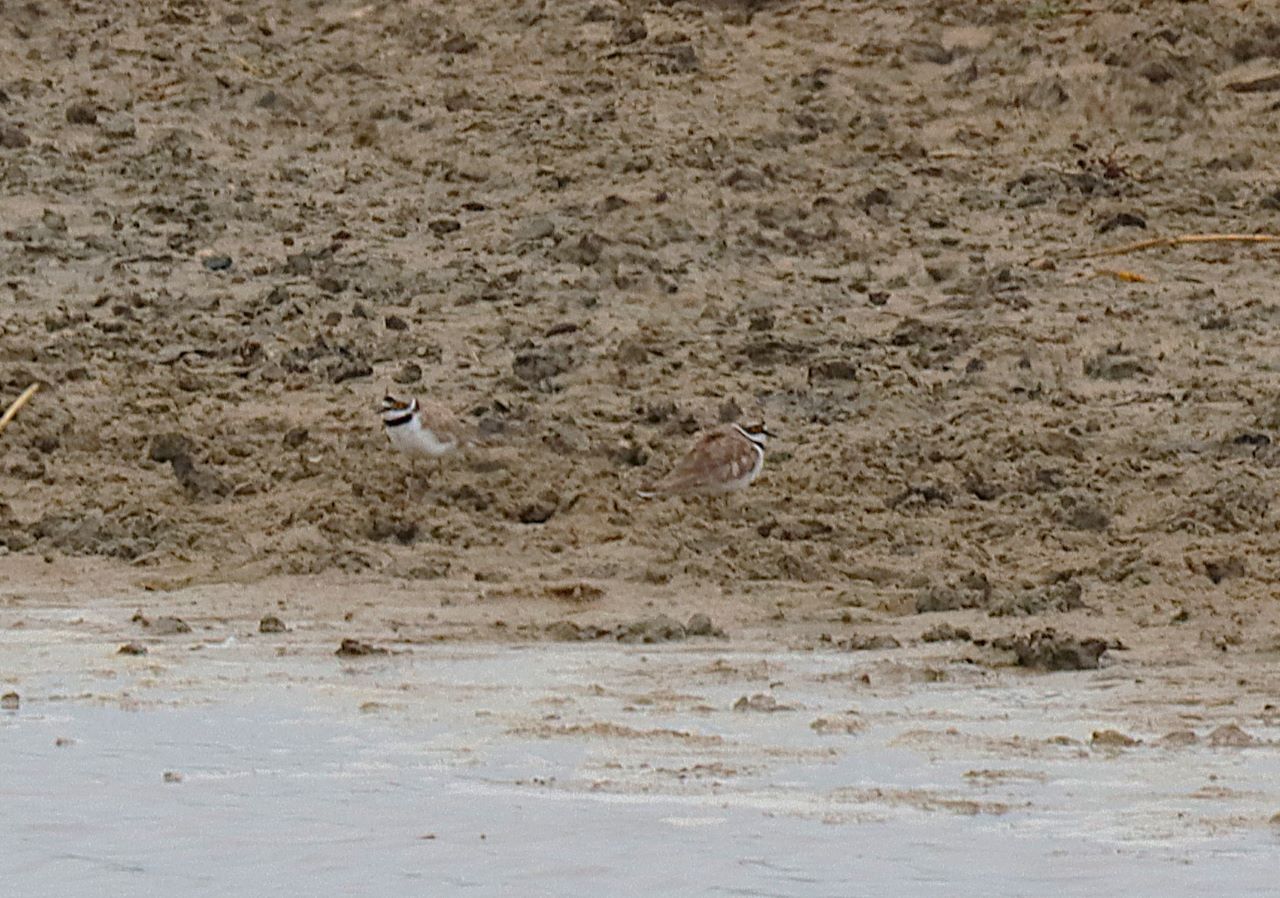
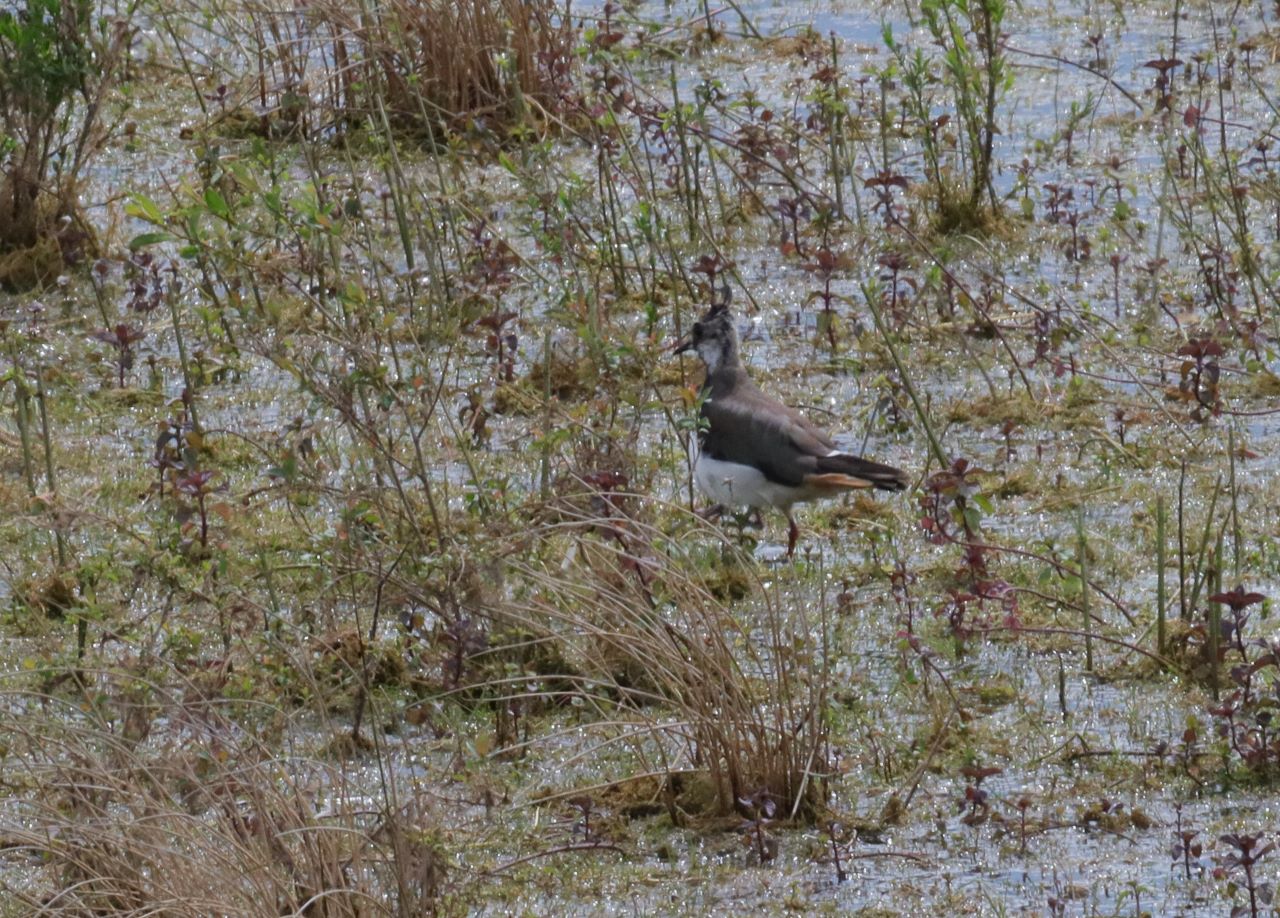
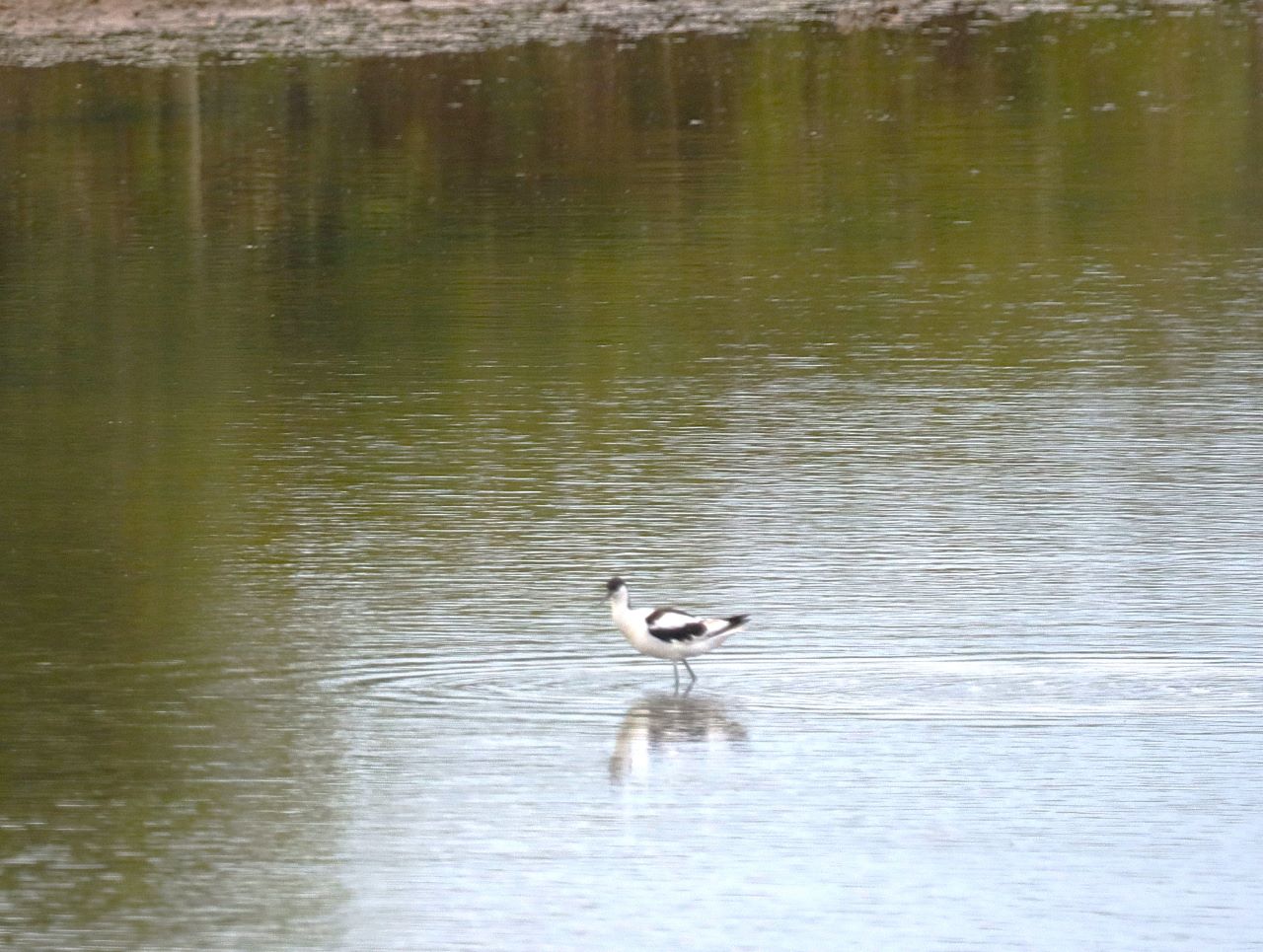

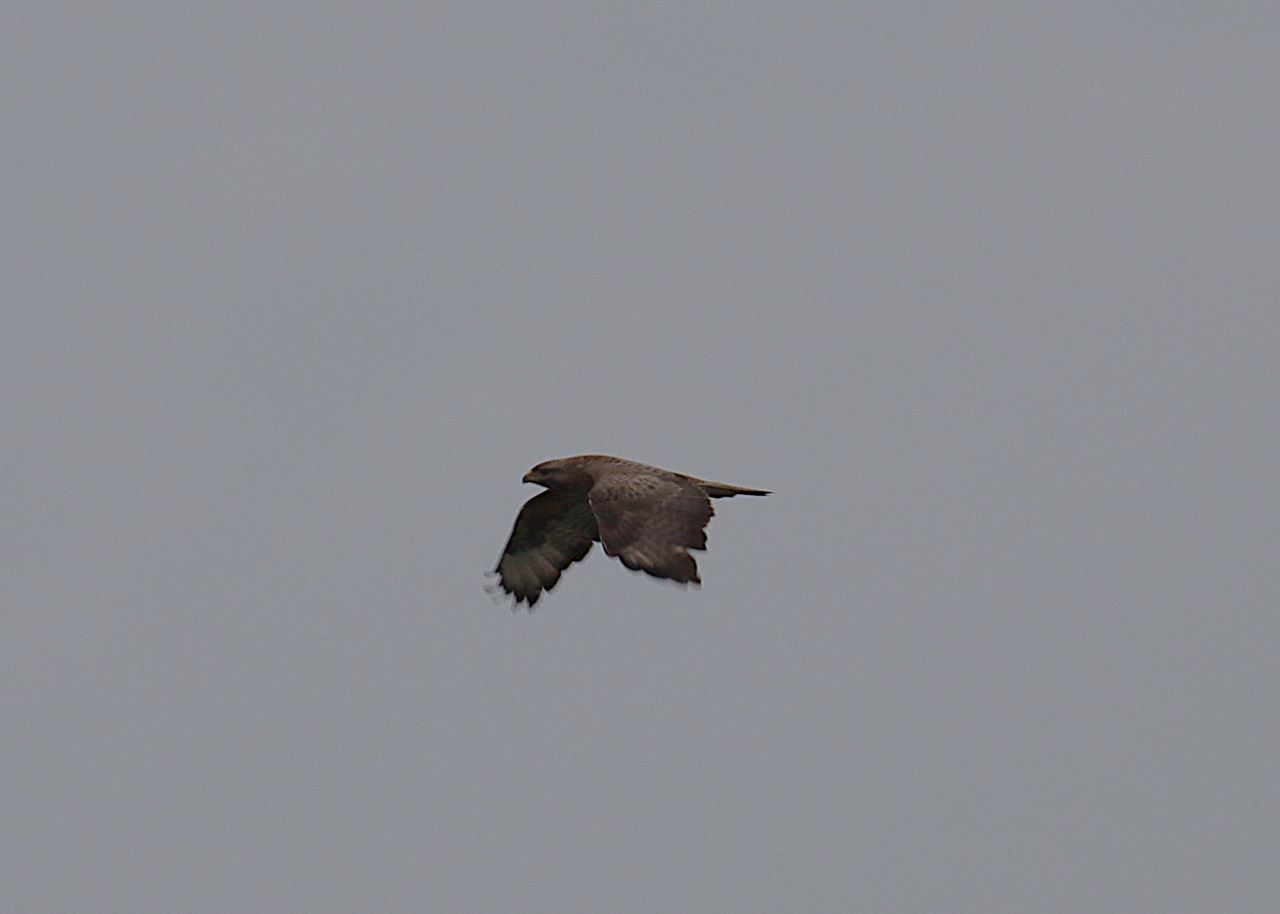
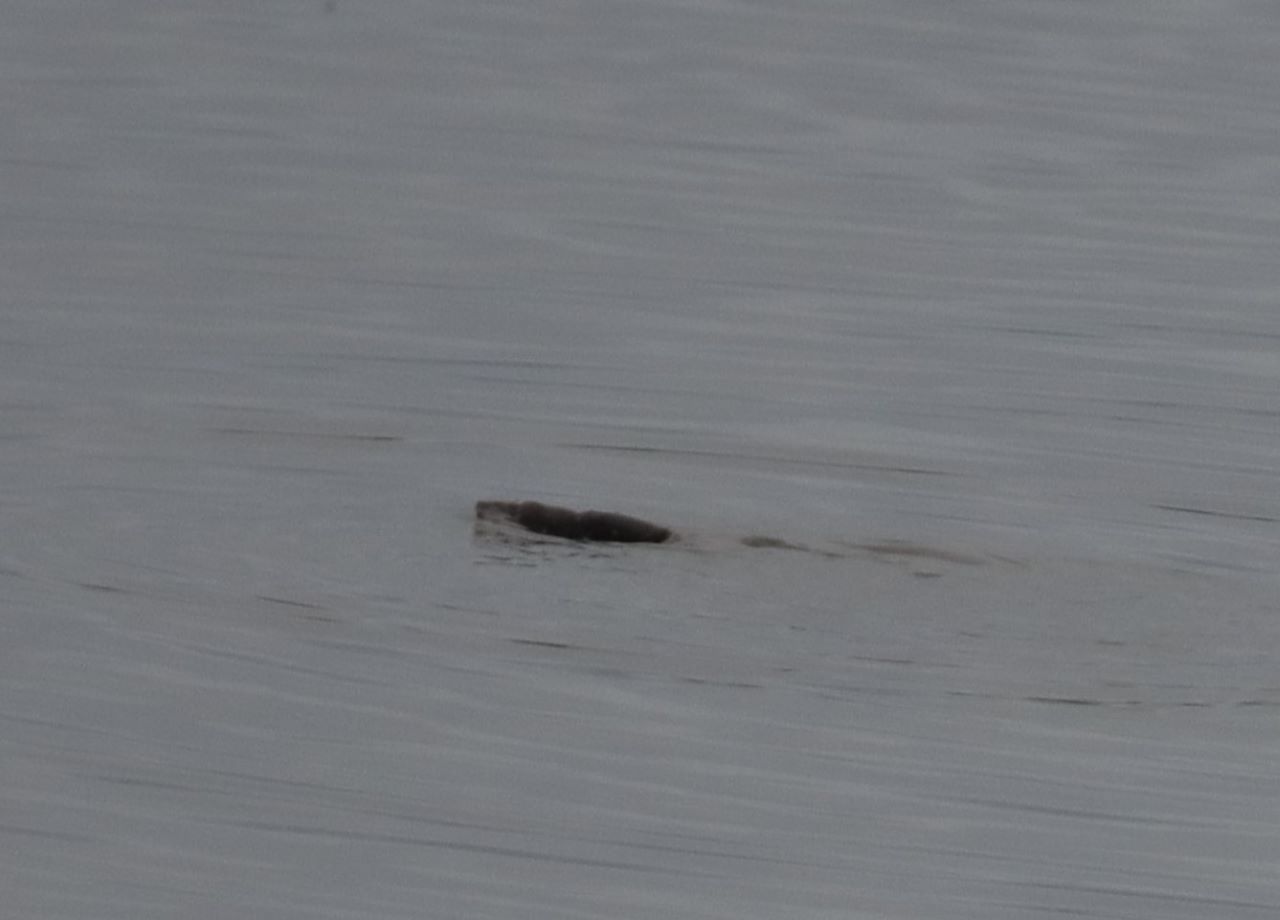
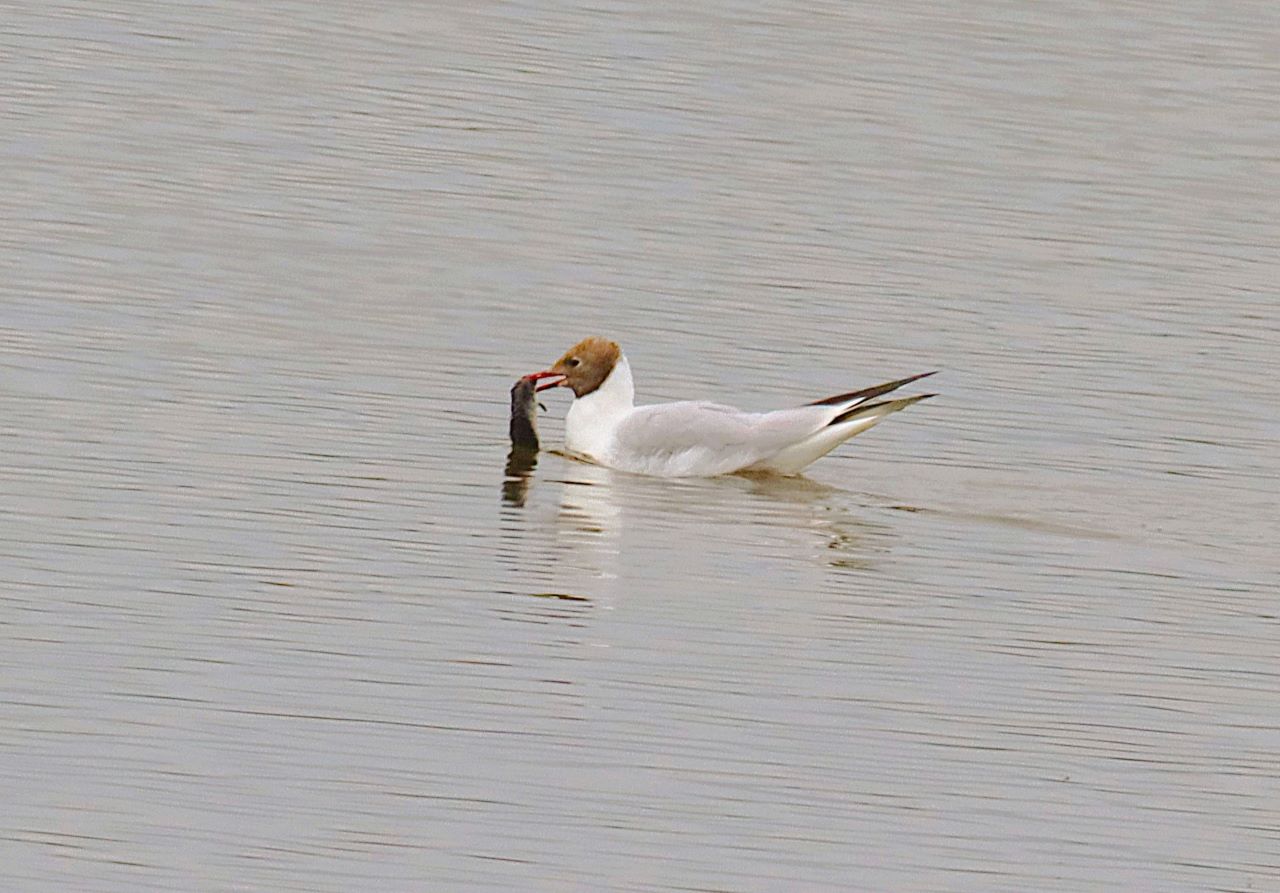
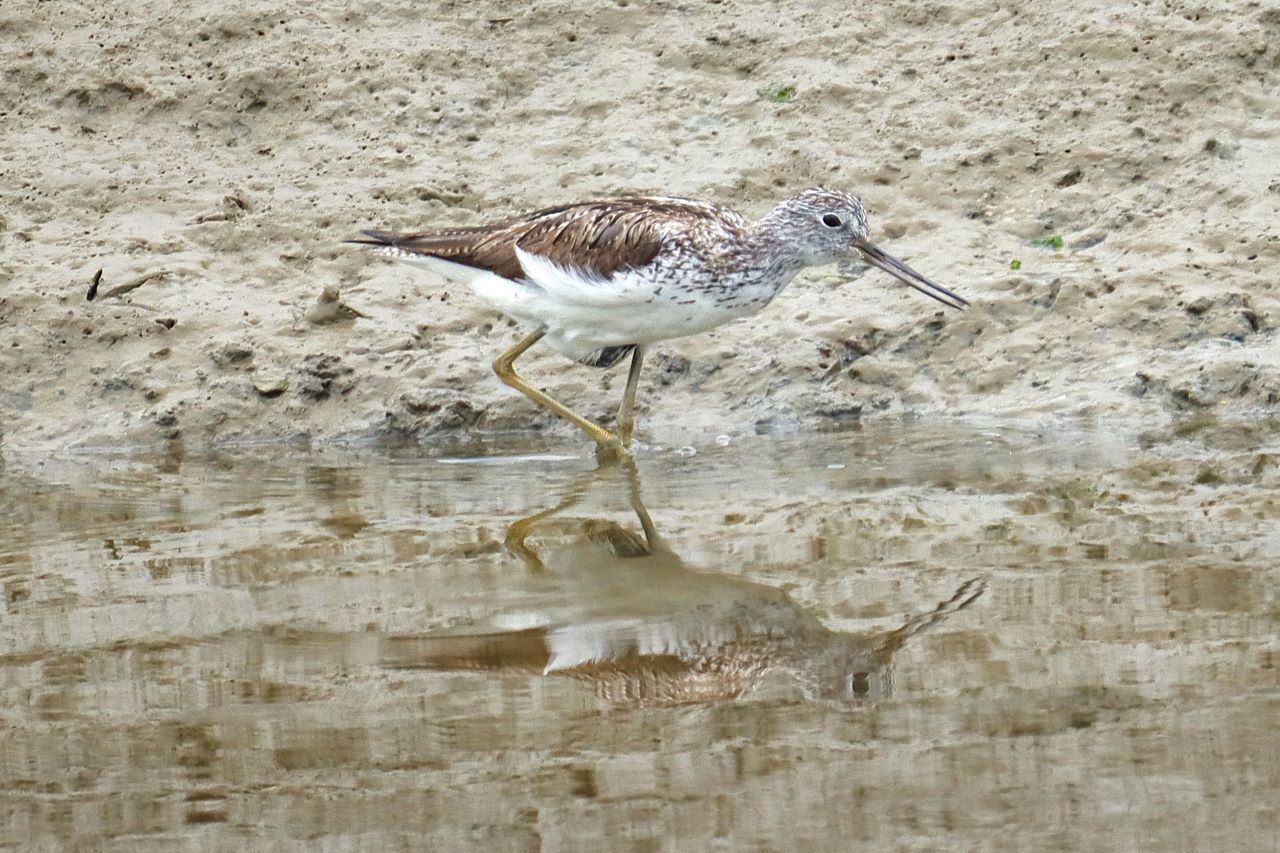


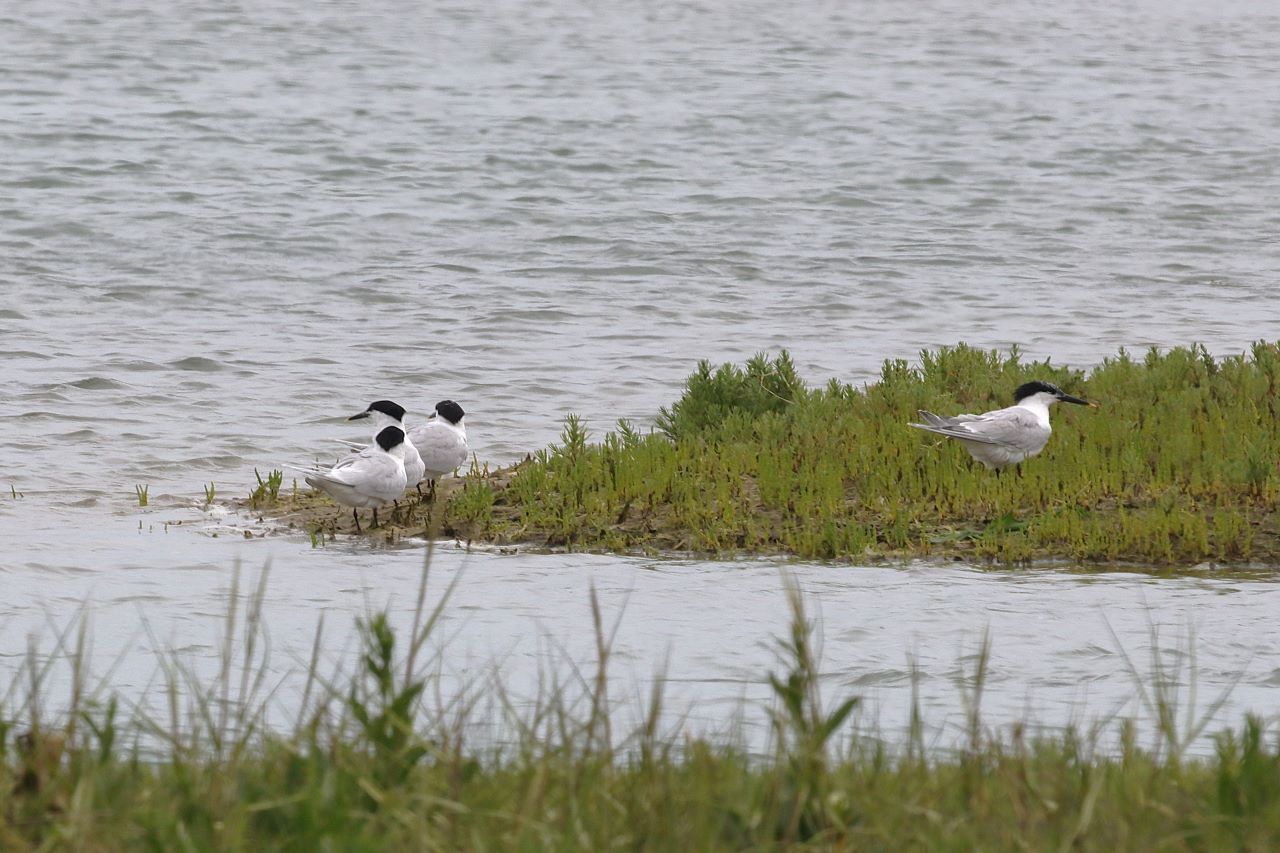
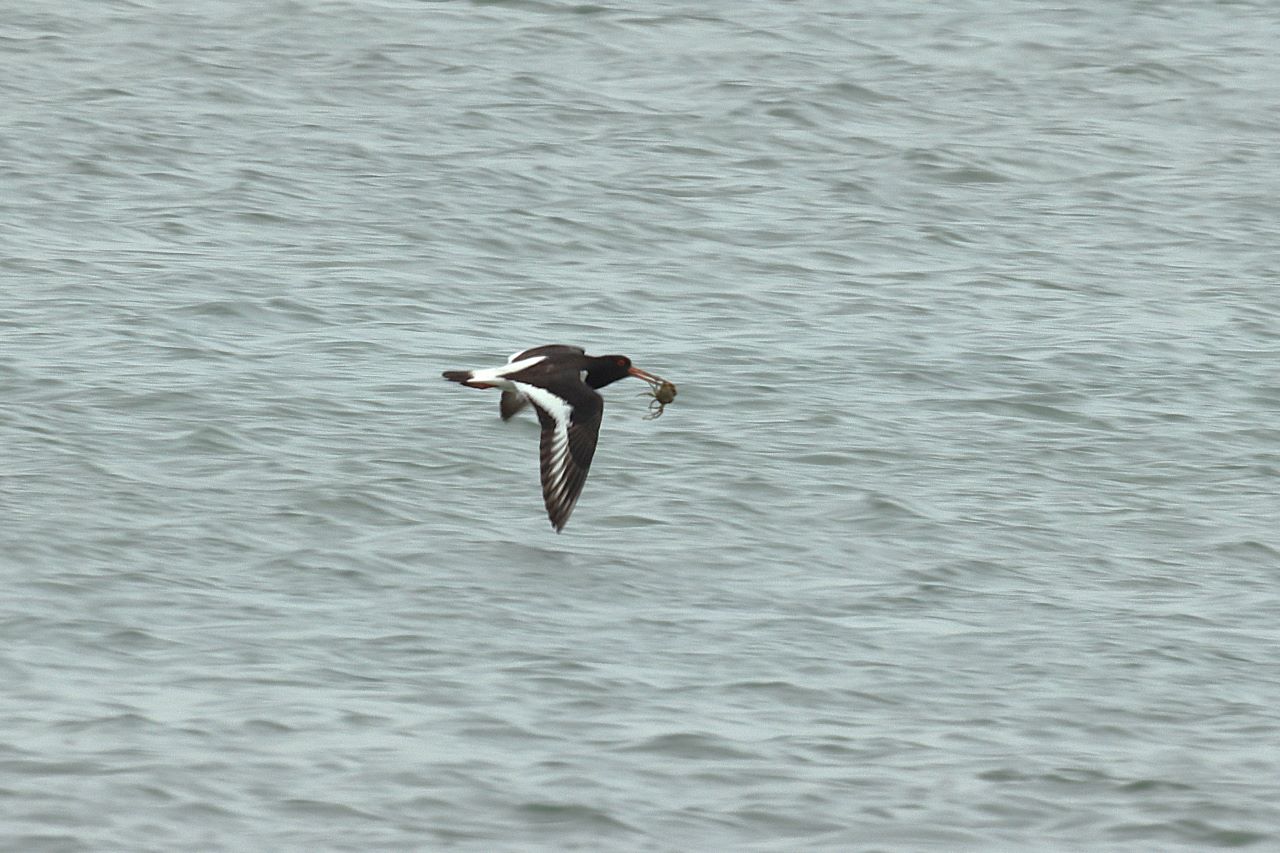





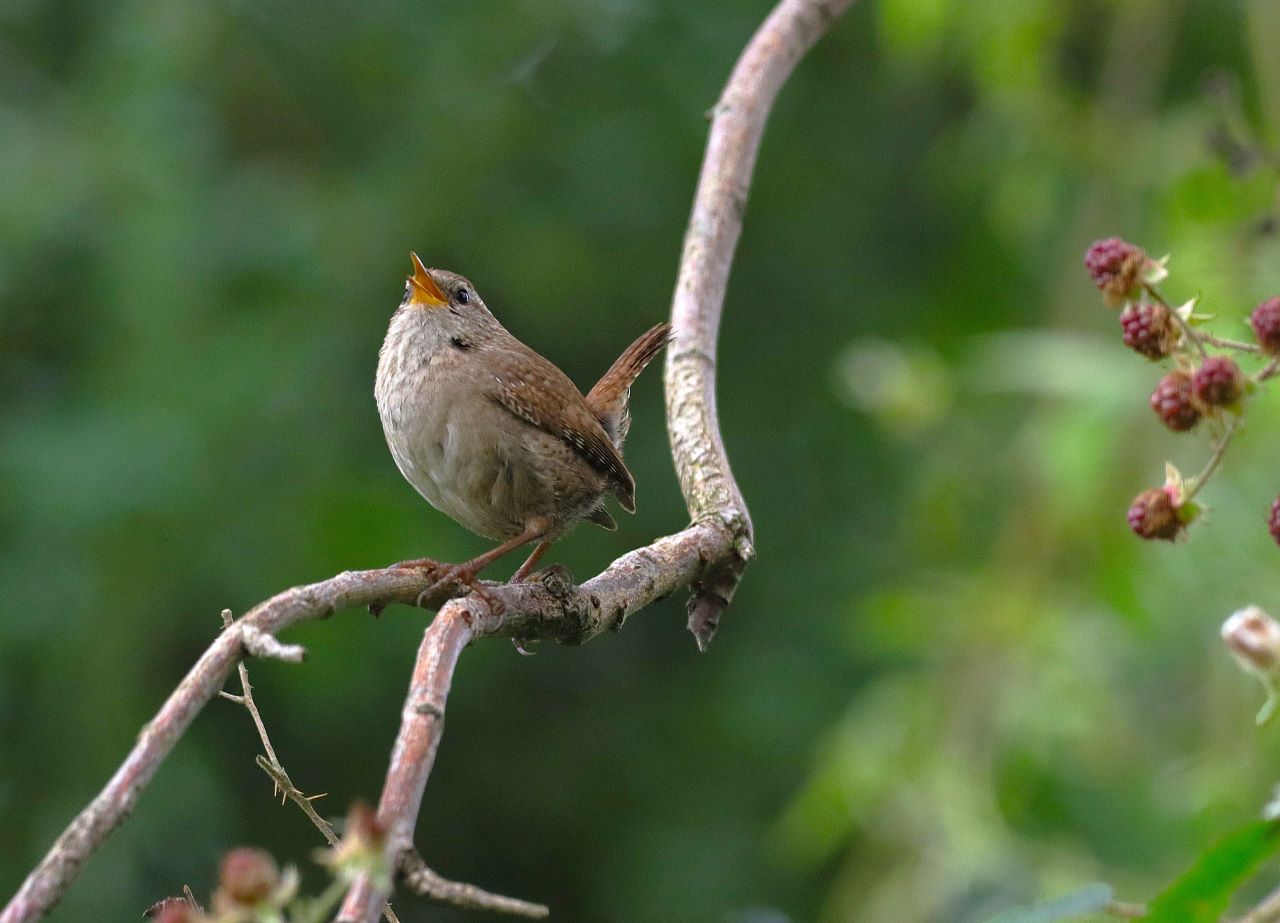

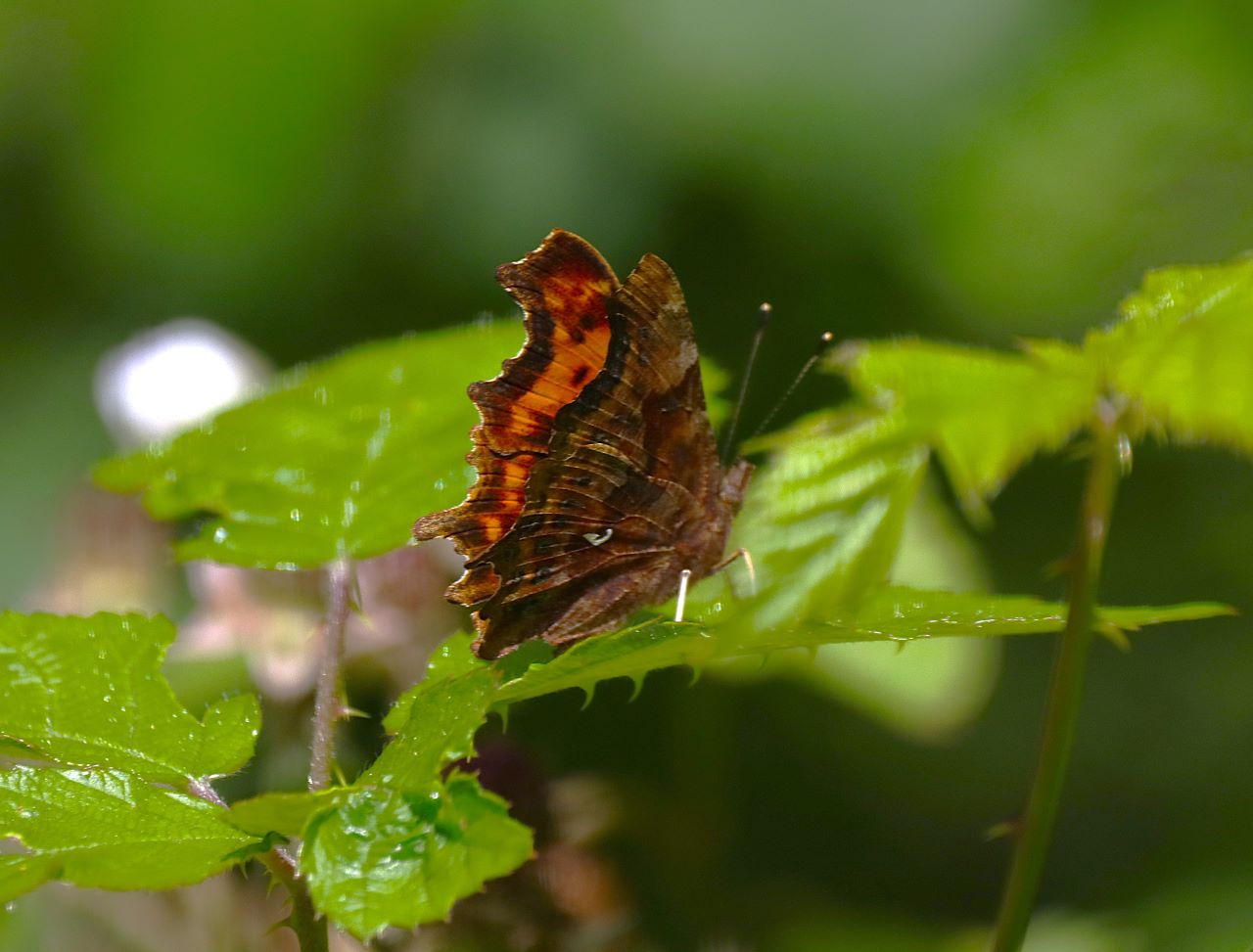

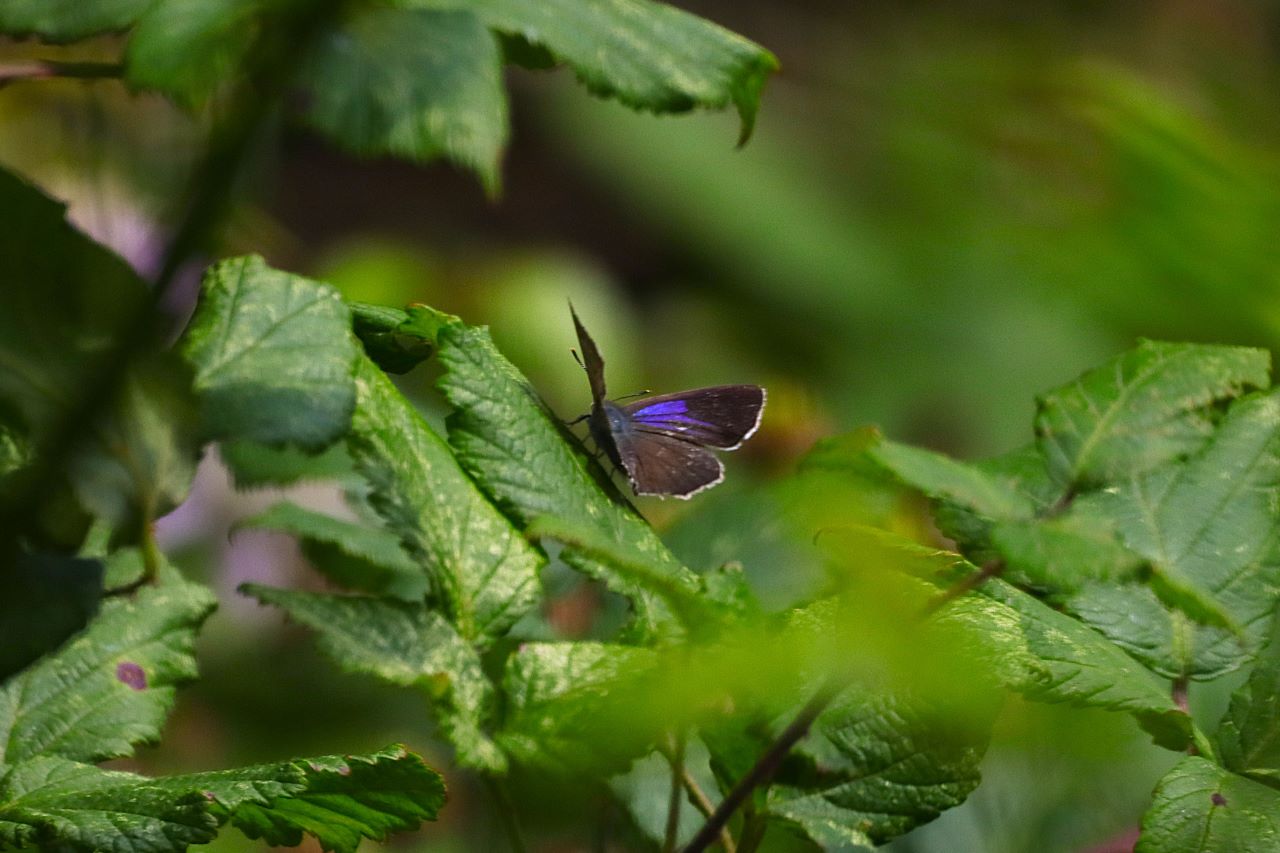






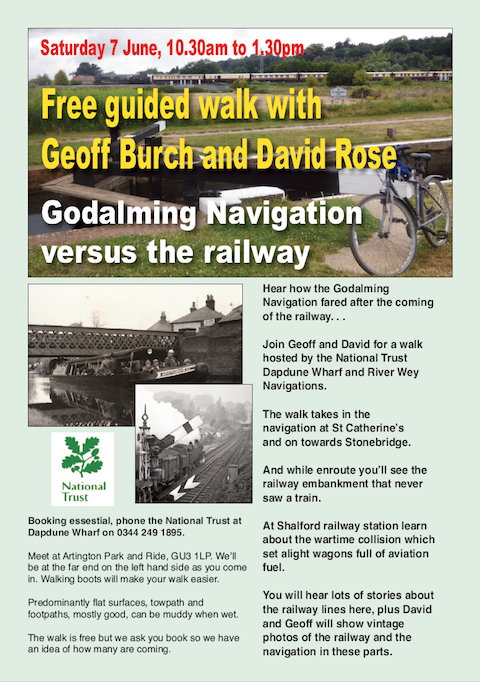


Recent Comments